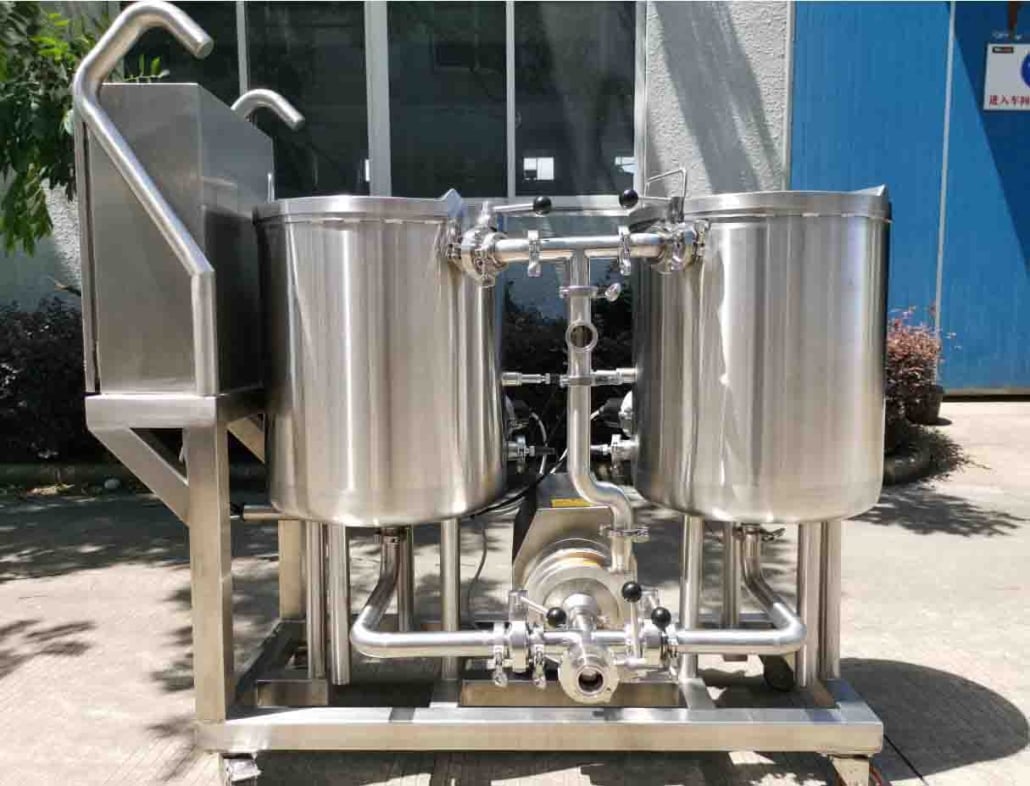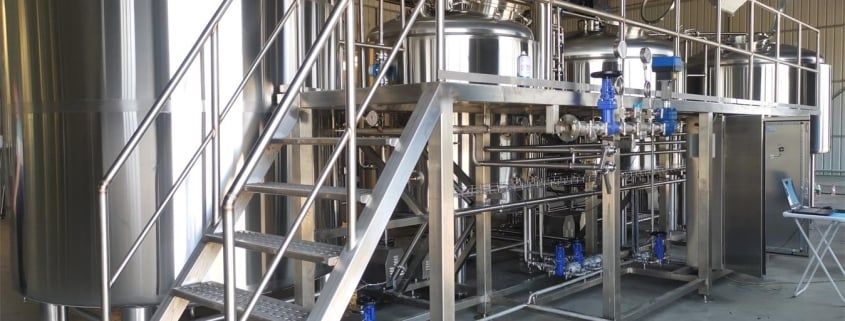Beer Making Equipment
Homebrewing beer is a rewarding hobby that produces delicious craft beers. With the right beer making equipment, anyone can brew excellent beer at home. This guide covers the essential equipment needed, from kettles and fermenters to accessories. We’ll explore the brewing process, the capacity and customization options, suppliers and prices, installation and maintenance, how to choose equipment, and the pros and cons of different setups.
Essential Beer Making Equipment
The table below outlines the basic beer brewing equipment for homebrewing:
| Equipment | Description |
|---|---|
| Brew kettle | The kettle is used to boil malt sugary water (wort) with hops to impart flavor, bitterness and aroma. Common materials are stainless steel and aluminum. |
| Fermenter | The fermenter is where yeast ferments the sugary wort into alcohol. Materials like glass, plastic or stainless steel can be used. |
| Airlock | The airlock allows CO2 to escape during fermentation while keeping oxygen out. |
| Bottling bucket | A bottling bucket simplifies transferring beer and mixing in sugar before bottling. |
| Bottles | Glass bottles with pry-off caps are ideal for bottling beer. |
| Racking cane | A rigid tube for transferring beer between vessels. |
| Hydrometer | Measures specific gravity of wort to determine alcohol content. |
| Sanitizer | Critical for cleaning and sanitizing equipment to prevent contamination. |

Brewing Process Overview
The basic stages in brewing beer at home are:
- Milling – The malt is cracked open to access the starch.
- Mashing – The milled malt soaks in hot water to convert starch to sugar and extract flavor.
- Lautering – The sweet wort is separated from the grain.
- Boiling – The wort boils with hops for flavoring.
- Fermentation – Yeast ferments the sugars into alcohol.
- Bottling – Beer is carbonated by mixing in sugar.
Proper cleaning and sanitizing procedures need to be followed at all stages. Temperature control is also vital for quality beer. The right equipment makes the process easier.
Equipment Capacity, Spaces and Layout
The table below shows typical equipment sizes and space requirements:
| Equipment | Typical Sizes | Space Needs |
|---|---|---|
| Brew kettle | 5-15 gallon capacity | Stovetop or propane burner |
| Fermenter | 3-7 gallons (~12-25 liters) | Bench, closet or temperature-controlled chamber |
| Bottling bucket | 5-8 gallon capacity | Bench/countertop space |
| Bottles | Reuse commercial 12-22 oz bottles | Storage area/shelving |
- Smaller batches require less space but limit variety. Larger batches need more room.
- Temperature control can take up significant space.
- Allow extra room for storing ingredients and supplies.
- A utility sink is ideal for equipment cleaning and transfers.
Customization: The layout can be adapted based on personal preferences and space constraints. Equipment can often be stacked to save room. Custom-building a brewing setup allows optimization, but commercial systems offer simplicity.
Beer Equipment Suppliers and Pricing
There are many homebrewing equipment suppliers to choose from:
| Supplier | Price Range | Offerings |
|---|---|---|
| Northern Brewer | $100-$1000+ | Kits, ingredients and full systems |
| MoreBeer | $50-$2000 | Wide selection of gear |
| Adventures in Homebrewing | $50-$1500 | Kits, parts and accessories |
| Williams Brewing | $100-$800 | Systems, kettles, hardware |
| Keg Connection | $300-$2000 | Draft dispensing equipment |
- Basic kits start under $100. Complete systems run up to several thousand dollars.
- Quality kettles and fermenters start at ~$100 each. Advanced models cost more.
- Ingredients, supplies and accessories have low incremental costs.
- Buy pieces over time or start with a complete kit if within budget.
Installation, Operation and Maintenance
| Task | Details | Frequency |
|---|---|---|
| Installation | Follow supplier guide for assembling gear. Custom builds take planning. | One-time |
| Cleaning | Use detergent and hot water after brewing. | Each use |
| Sanitization | Use sanitizers like StarSan before brewing. | Each use |
| Replacing parts | Supply stores have replacement pieces. | As needed |
| Tuning process | Adjust procedures and recipes based on experience. | Ongoing |
- Clean gently to avoid scratching and keep equipment looking nice.
- Replace plastic gear that becomes stained or worn out.
- Calibrate any sensors and monitors regularly.
- Document processes to improve and repeat successes.
How to Select Beer Brewing Supplier
Consider the following when choosing equipment:
| Criteria | Tips |
|---|---|
| Reputation | Select well-reviewed companies with history. |
| Materials | Stainless steel and glass are best for food contact. |
| Cost | Weigh value versus very cheap/expensive gear. |
| Offerings | Look for kits, à la carte options, customization. |
| Support | Ensure supplier has manuals, parts, assistance. |
| Location | Factor shipping costs and local stores. |
Getting advice from experienced homebrewers is also very helpful for deciding on the best equipment. Local homebrew clubs and online forums provide great communities.
Comparing Home Brew Systems
There are always tradeoffs to consider when setting up a homebrewery:
Pros
- Complete kits provide an easy starting point
- Custom builds allow room to grow over time
- Advanced features automate temperature control
- Unique designs cater to space constraints
Cons
- Piecemeal gear requires more effort to integrate
- High-end systems get very expensive
- Compact setups limit batch sizes
- Irregular kettles can make recipes difficult
The choice ultimately depends on personal preferences, budget, existing space and the desired beer quality. Starting simple and upgrading over time is recommended for new homebrewers.
Frequently Asked Questions
Q: What size brew kettle is best?
A: For beginning brewers, a 5-10 gallon (20-40 liter) stainless steel kettle is ideal. It enables 5 gallon (20 liter) batch sizes with room to boil vigorously. More advanced brewers may use 15+ gallon (60+ liter) kettles.
Q: How many fermenters do I need?
A: One fermenter can work for basic brewing. Having two or more makes flavors easier to control with separate yeast strains and fermentation temperatures.
Q: Is temperature control required?
A: Basic fermentation works at room temperature. But for consistent, high-quality beer, temperature control is highly recommended. Refrigerated chambers or heat wraps for fermenters are common options.
Q: Should I start with a full system or build piecemeal?
A: Complete starter systems are simpler and give everything you need upfront. Building allows customization and spreading costs over time. Either approach can work well.













